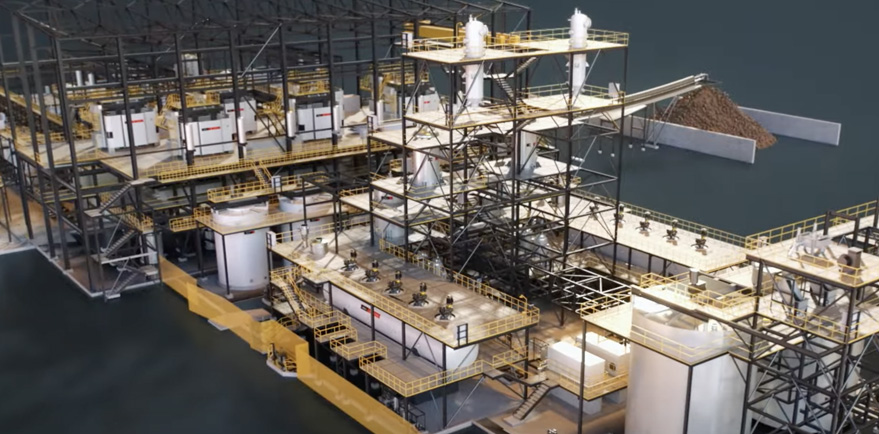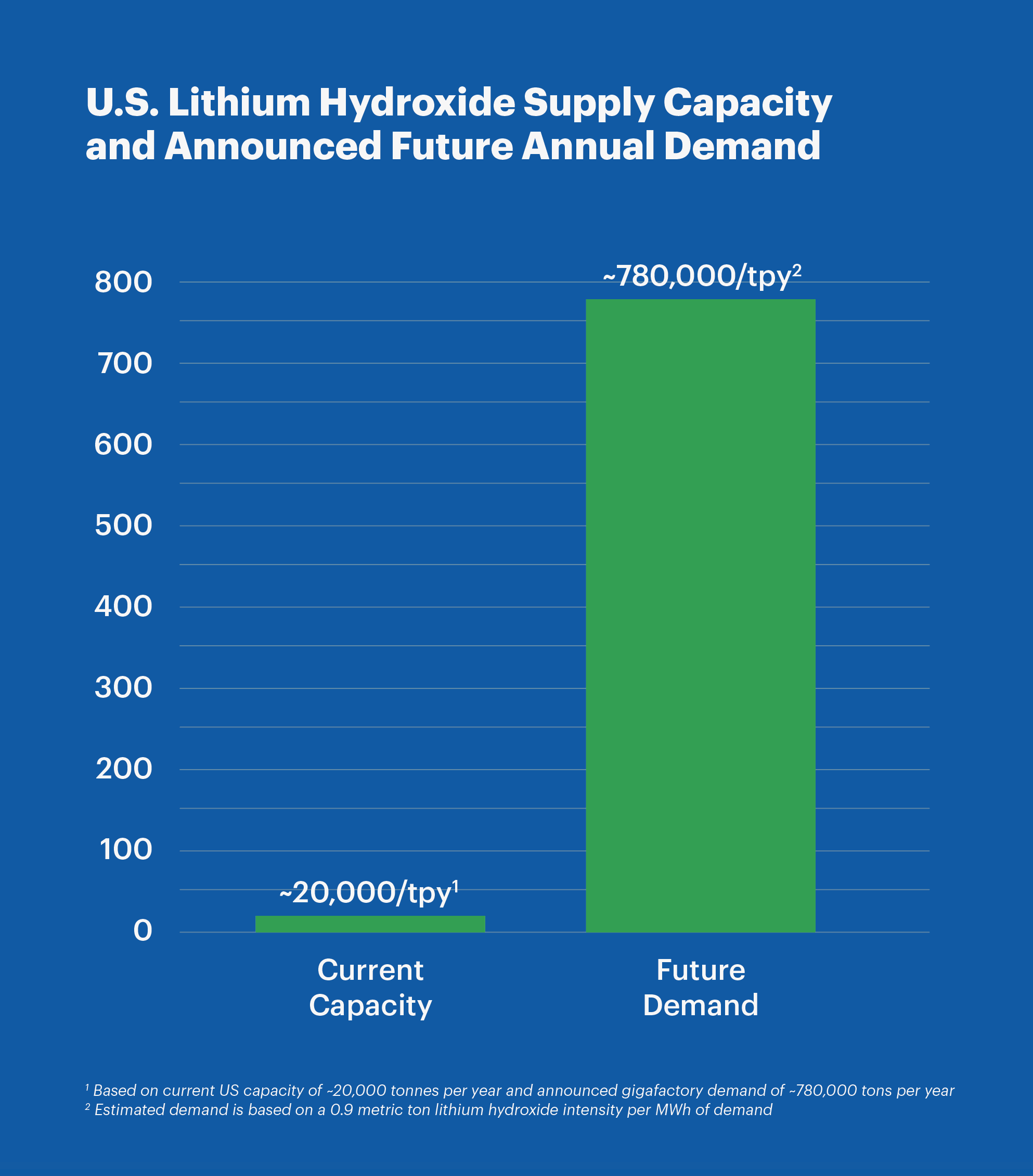WHY LITHIUM?
Powering the Electrification Revolution.
Lithium is key to electrification, and the demand for this important resource is soaring as the adoption of clean energy solutions accelerates across the globe. More electric vehicles on roadways means more batteries are needed to power them – and those batteries need lithium.
Currently, no other element can offer comparable properties for electric transportation. Lithium has the highest electrochemical potential, stores the most energy for its given weight, and is considered an unrivaled charge carrier.1 The element has also become an essential component for energy storage systems to support large-scale renewable energy installations and provide critical, uninterrupted power supplies to a range of industries.
While lithium has been called “the irreplaceable element of the electric era,”2 it has a variety of valuable uses in other industries for many products we depend on today – from lubricants and grease to cell phones and pharmaceuticals. As such, we believe increasing our country’s production capacity for this essential element is a vital imperative for ensuring American energy security.
1 University of Washington Clean Energy Institute, Lithium-Ion Battery – Clean Energy Institute (washington.edu)
2 Volkswagen. 2019. Lithium: The Irreplaceable Element of the Electric Era.
The Crucial Need for U.S. Lithium Hydroxide Capacity.
The developing global electrification industry is experiencing considerable growth, and the increasing demand for lithium-ion batteries is expected to continue through the next decade and beyond. As the adoption of electric vehicles rises, battery pack sizes are growing, requiring more lithium to power in-car applications and longer driving ranges. Energy storage systems are also accelerating the demand for lithium to support the growing need for decarbonization and uninterrupted power supplies.
By 2030, the demand for lithium is expected to surge by 172% from 2024 levels.1 Meanwhile, America is falling woefully behind in the race to build domestic production capacity, relying almost entirely on lithium imports to meet current battery demands.
Today, China manufactures approximately 72%1 of the world’s lithium hydroxide supply, while the United States produces only 5%.1 However, more than $80 billion2 in commitments have been announced to build or expand U.S. battery manufacturing facilities. These projects, once completed, are projected to require approximately 780,000 metric tons of lithium hydroxide annually in the future – more than 35 times the current domestic production capacity of 20,000 metric tons per year.
In short, the U.S. does not produce nearly enough lithium hydroxide to support the projected domestic demand.
We believe that dramatically increasing U.S. lithium hydroxide production to reduce our reliance on foreign nations is not only crucial for American energy independence but also for American manufacturing and American jobs.
1 Benchmark Mineral Intelligence
2 Based on published company announcements as of June 2024
Supplying the Demand for Made-in-America Lithium Hydroxide
We believe spodumene concentrate represents the lowest-risk and most commercially scalable raw material resource for supplying the demand for made-in-America lithium hydroxide. Our integrated global portfolio has been strategically assembled to include spodumene assets in Quebec, Ghana, and North Carolina, with planned downstream manufacturing capacity to refine lithium hydroxide in the heart of America’s Battery Belt, in close proximity to customers.
HARD ROCK LITHIUM PRODUCTION
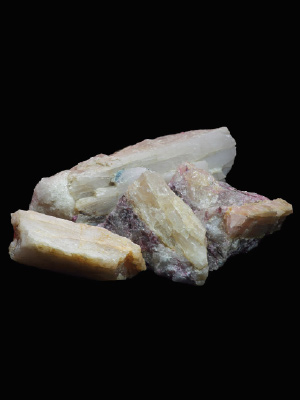
STEP 1:
Spodumene Ore
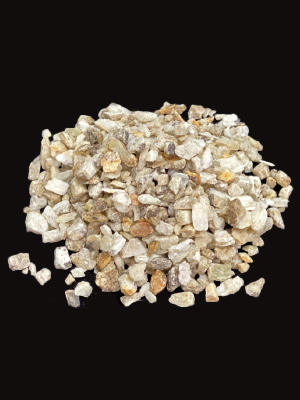
Step 2:
Spodumene Concentrate
STEP 3
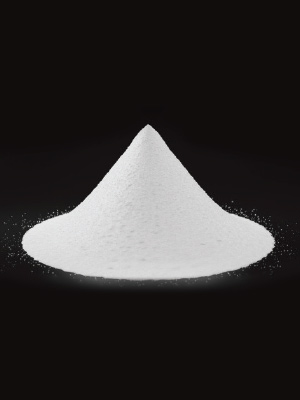
STEP 3:
Lithium Hydroxide
A Fully Integrated Global Portfolio.
North American Lithium
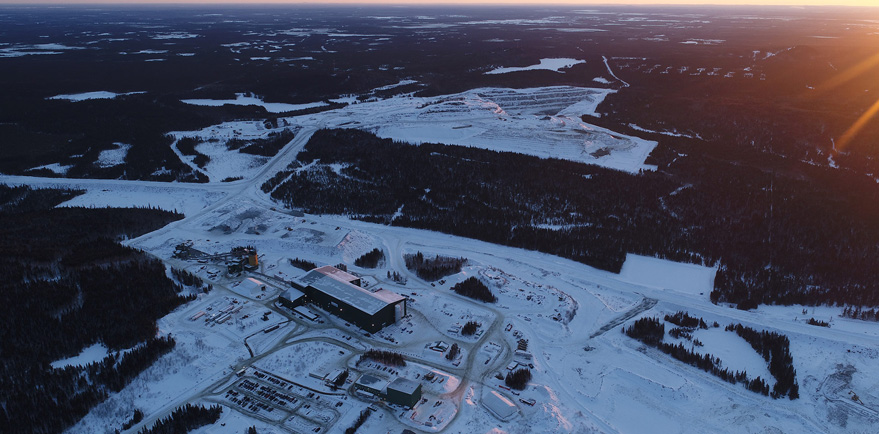
Ewoyaa Lithium Project
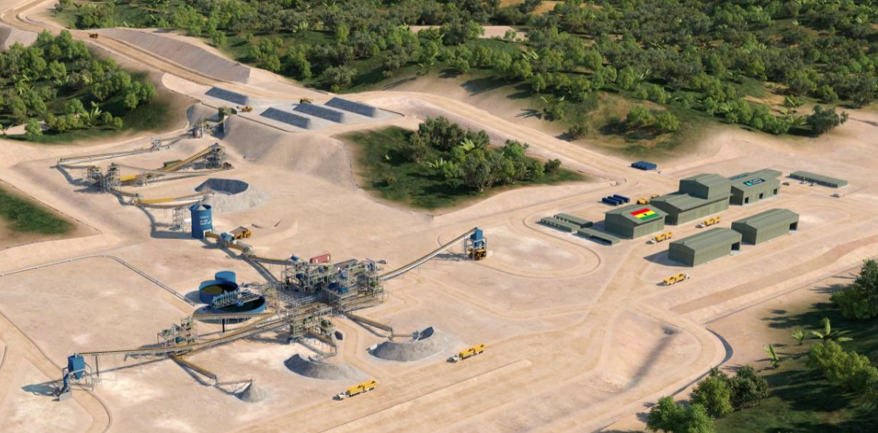
Carolina Lithium
